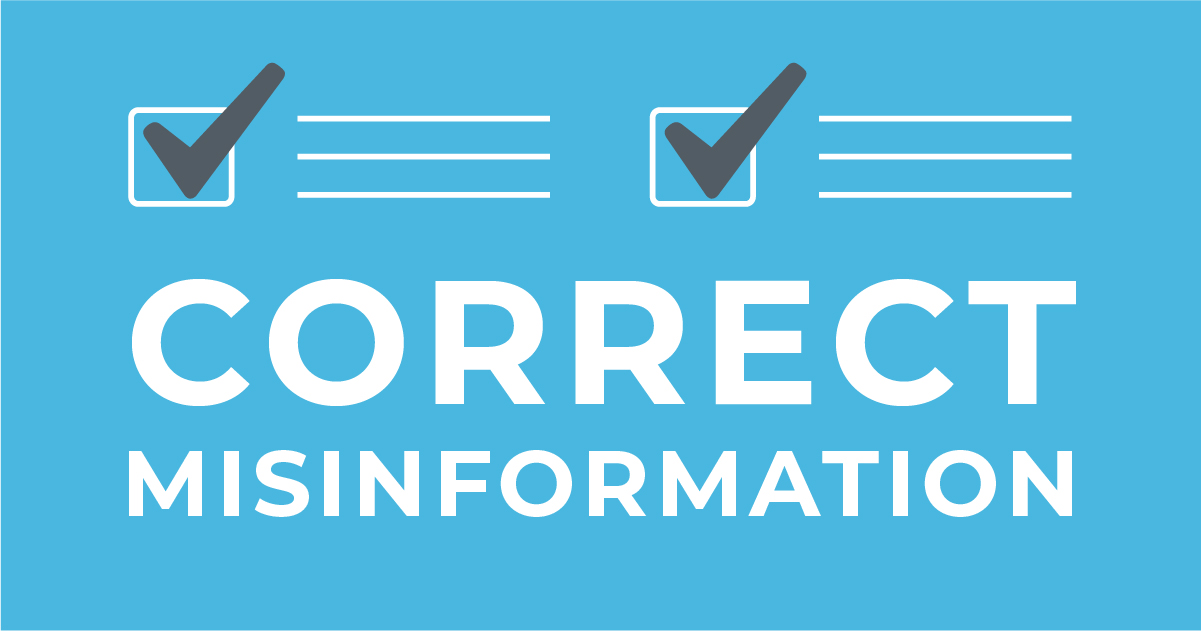Respect Your Reputation
01.23.20 · Greteman Group
Reputation management has always bothered me. The concept of somehow controlling how a company or individual is perceived reeks of spin, possible cover-up and the false promise of a tight filter that only the right content can squeeze through.
At Greteman Group, we counsel clients to be transparent rather than strive for miracles through manipulation. If they’re guilty of bad behavior, we counsel them to change their ways and to communicate genuine apologies backed by how they plan to do better in the future. (Yes, there are dark PR firms and troll farms willing to spread lies, set up fake accounts and push out false narratives. Don’t engage them. Don’t even think about it.)
Do we try to influence perceptions? Absolutely. But we do it by providing balance to coverage and conversations, online and off. If companies ask us to make bad online reviews go away, get negative news off the front page or get a reporter to stop dredging up past fiascos, there is no magic wand to wave. But we can take action. Let’s take these reputation management examples one by one.
Bad online reviews – Perhaps a disgruntled former employee rants about your (perceived) toxic culture, badmouths management or trashes your products/services. Ideally, satisfied customers and other team members will organically step up to defend you and share their very different points of view. Because people are quicker to complain than to praise, it’s okay to ask your tribe for help in posting rebuttals and sharing their experiences.

Push bad news off the front page – In time juicier news will bump your story. While you’re waiting for that to happen, one strategy is to starve the news by removing the oxygen a response could provide. That, however, is seldom our recommendation. We believe in being proactive, working to correct misinformation, and telling your own story as much as possible. Your silence can be seen as a sign of guilt. Trying to drown out negative news with a barrage of positive press will be viewed for what it is – a misguided PR ploy. You should always issue a steady stream of the good things you’re doing as a company. After a crisis is not the time to begin such an effort.

Get a reporter to stop bringing up events you want readers to forget – This is a hard one. Reporters provide context, which can often mean talking about past incidents. Even if the current news is a glowing report about how your company helped save Australian wildlife by airdropping food over fire-ravaged lands, the article could still end with a reminder that the FAA fined your company six months ago for manufacturing substandard aircraft parts. Our counsel is, whenever possible, meet face to face with the reporter. Let him or her see you in a more human context. Answer reporters’ calls and take requests for interviews. Dodging a reporter never solves anything. Work to build or repair the relationship.

It’s more difficult to change a perception than it is to make an initial impression. The time to start building your reputation was yesterday. If you didn’t do it then, begin today. You should issue a steady stream of newsworthy company happenings through press releases, enews and blogs. Don’t wait for a crisis to launch your effort.
Don’t know how you’re perceived in the marketplace? Run a diagnostic search of news articles, blogs and reviews. Listen closely on social media. Study the sentiments and any buzz uncovered. Do the same for your competitors. If you don’t believe you’re being accurately represented, you have work ahead. Develop actionable goals appropriate for your varied audiences: team members, customers, investors, influencers and the media.

The Bottom Line
Preserve and protect your reputation. It affects your company’s value, revenue, client recruitment/retention, workforce and marketing success. Your good name is built not through artifice, but by walking your talk. Do the right thing. Time will prove you right.
This column originally appeared in the Jan. 23, 2020, issue of BlueSky Business Aviation News.
